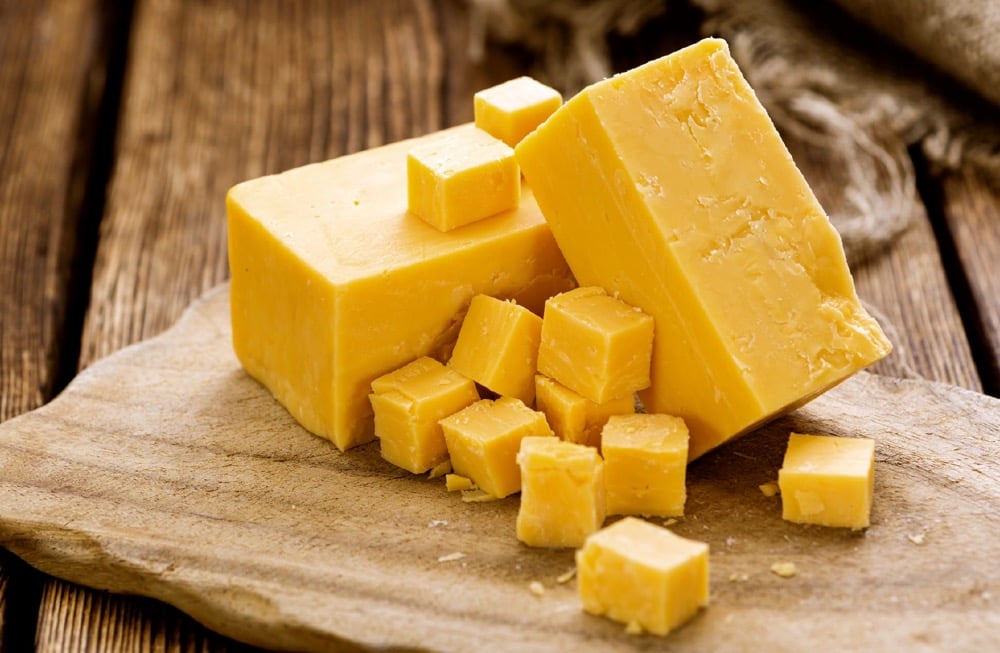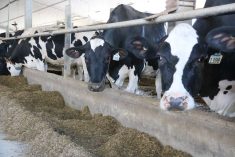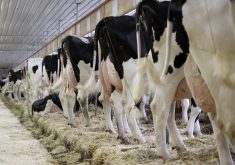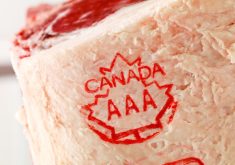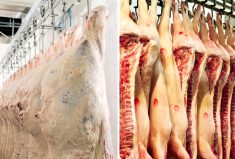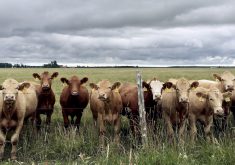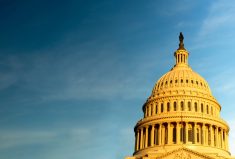If you listen to U.S. President Donald Trump, the United States is a free-trading hero that is being abused by protectionist “freeloaders” like Canada.
Especially with Canadian restrictions on dairy imports, the U.S. president has presented an image of fair-trading American dairy farmers being taken advantage of by outrageous Canadian rules to protect that country’s own farmers.
It’s something Al Mussell hopes an analysis from his firm, Agrifood Economic Systems, dispels.
“This idea that we’re the protectionist bogeyman and the U.S. is the victim, frankly, is laughable,” said Mussell.
Read Also

Ontario’s agri-food sector sets sights on future with Agri-Food 2050 initiative
The first-ever Agri Food 2050, a one-day industry event dedicated to envisioning the future of food and farming in Ontario,…
“For all intents and purposes, the U.S. is a closed market.”
Far from the image that Trump portrays and most Americans believe, the U.S. dairy system is propped up by numerous tariffs and controls that effectively block most imports. Only a small amount of cheese can be imported by the U.S., still facing a 12 per cent tariff, before a battery of costs and controls are imposed.
Canada charges only a one per cent tariff in the same category.
Once the limited amount of low-tariff cheese has been imported by either nation, hefty tariffs and restrictions are applied.
Canada’s are easy to see, with some cheese hit with 245 per cent tariffs. The U.S. tariffs and controls are harder to see because of their complexity, but the analysis says in an “extreme case” U.S. tariffs can be 281 per cent.
“It’s quite transparent,” said Mussell of Canada’s tariff wall.
“You can see how it works. When you get into the U.S. …you’re into a whole new animal.”
Canada allows almost double the rate of low-tariff imports that the U.S. allows and is a net importer.
The study isn’t a defence of Canada’s supply management system so much as a setting-the-record-straight about the U.S. industry and how it has been misrepresented by the American government as somehow more virtuous.
“The extent of dairy protection is really similar in both countries,” concludes the analysis.


